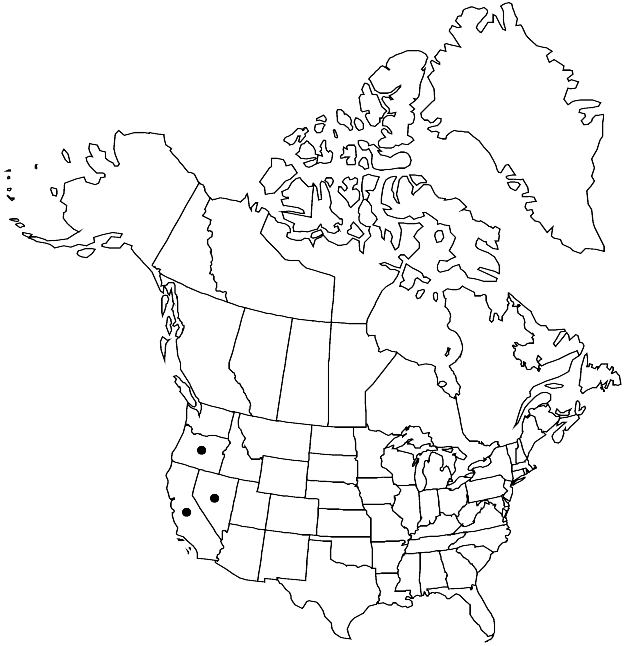Difference between revisions of "Gemmabryum radiculosum"
Phytologia 87: 68. 2005.
imported>Volume Importer |
imported>Volume Importer |
||
| Line 52: | Line 52: | ||
|publication year=2005 | |publication year=2005 | ||
|special status= | |special status= | ||
| − | |source xml=https:// | + | |source xml=https://bitbucket.org/aafc-mbb/fna-data-curation/src/2e0870ddd59836b60bcf96646a41e87ea5a5943a/coarse_grained_fna_xml/V28/V28_219.xml |
|genus=Gemmabryum | |genus=Gemmabryum | ||
|section=Gemmabryum sect. Tuberibryum | |section=Gemmabryum sect. Tuberibryum | ||
Latest revision as of 22:34, 5 November 2020
Plants small, green or yellow-green, often with reddish tinge. Stems 0.5–1(–2) cm; rhizoids yellow-red, brown, or red-brown. Leaves loosely set, broadly lanceolate to narrowly ovate, weakly concave, 0.4–1.5(–2) mm; base not decurrent; margins plane to revolute proximally, serrulate distally, limbidium absent; apex acute to acuminate; costa short- to long-excurrent, awn slender, yellow to red; alar cells similar to adjacent juxtacostal cells; proximal laminal cells abruptly quadrate to occasionally short-rectangular, 1–2:1; medial and distal cells 40–60 × 10–12(–14) µm, 3–5:1. Specialized asexual reproduction by rhizoidal tubers, on long rhizoids in soil, red to red-brown, spheric, 120–180 µm, cells 20–40 µm, smooth. Sexual condition dioicous. Capsule inclined or nutant, 2–3 mm.
Phenology: Capsules mature Apr–Jul (spring–summer).
Habitat: Dry disturbed calcareous soil, soil over rock
Elevation: low to moderate elevations (0-1500 m)
Distribution

Calif., Nev., Oreg., Mexico, West Indies, Europe, e Asia (Japan), n Africa, Atlantic Islands (Canary Islands), Australia.
Discussion
Gemmabryum radiculosum is distinguished by the relatively large, reddish, spheric tubers with smooth cells, similar in color to the rhizoids, long-excurrent costa, and preference for strongly calcareous substrates. Gemmabryum subapiculatum is similar, but with red tubers that are brighter than the rhizoids, a short-excurrent costa, and a preference for acidic substrates.
Selected References
None.